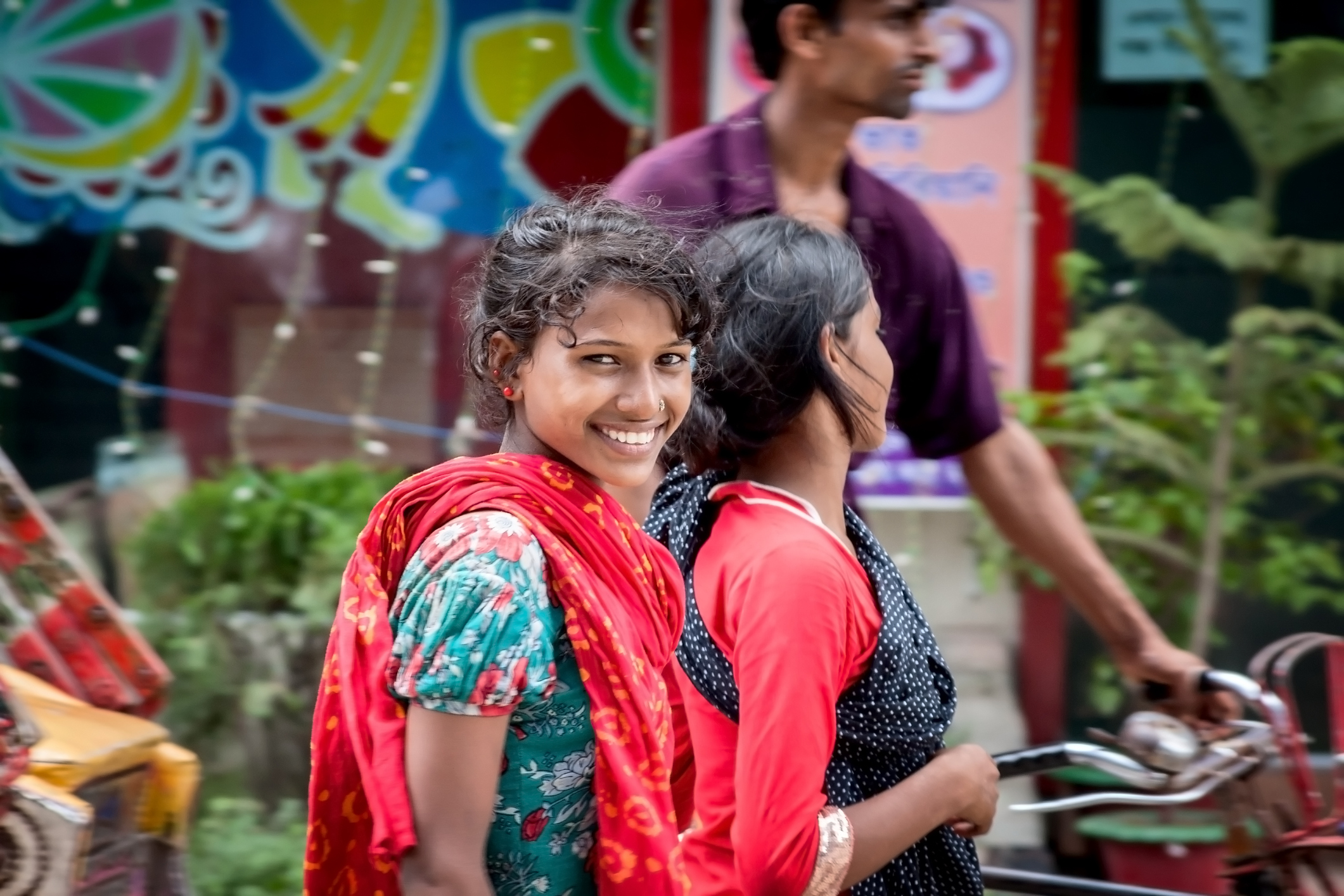A tragic boiler explosion killed 10 Bangladeshi garment workers over the summer, an incident reminiscent of the catastrophic 2013 Rana Plaza building collapse, which focused public attention on working conditions in that developing country. Last month, a factory fire killed six more workers. In the wake of such disasters, many people in rich countries assume the compassionate response is to impose trade restrictions and stop buying clothes made in Bangladesh.
Ironically, such a response would actually harm Bangladeshi garment workers, most of whom are women, by forcing them into far worse situations than factory work. What many people do not know is that the rise of factory work in the country has helped bring about significant positive change in many Bangladeshi lives—particularly for women.
The country is home to 18.4 million of the world’s poorest people and has strict gender norms. Yet Bangladesh was recently called “the happiest economic story in the world right now,” as extreme poverty has plummeted.
Despite its dangers, factory work has slashed extreme poverty and increased women’s educational attainment while lowering rates of child marriage in Bangladesh. It has also sparked cultural change towards more freedom for women, not only by enabling them to earn money but by granting them freedom of movement.
The country’s women-dominated garment industry transformed the norm of purdah, or seclusion (literally, “veil”), that traditionally prevented women from working beyond the home, walking outside unaccompanied by a male guardian, or even speaking in the presence of unrelated men.
Many Bangladeshi women now interpret purdah to simply mean modesty instead of social and economic segregation. In the words of social economist Naila Kabeer of the London School of Economics, factory work let women “renegotiate the boundaries of permissible behavior.” Today, in Dhaka and other industrial cities, women walk outside and interact with unrelated men.
When Kabeer interviewed 60 factory women in her native Bangladesh, she found that the factories had expanded women’s options and were viewed positively overall. More and more experts share that assessment. The World Bank has acknowledged that factories play “a significant role” in reducing poverty and combating child marriage. The Financial Express’ Monira Munni stated earlier this year that factories have “socially empowered women workers in Bangladesh to have better control over their own lives.”
According to Kabeer, “it took market forces, and the advent of an export-oriented garment industry, to achieve what a decade of government and non-government efforts had failed to do: to create a female labor force.”
The country industrialized rapidly, growing its number of export-oriented factories from a handful in the mid-1970s to around 700 by 1985. Women now hold more than 80% of manufacturing jobs.
The expansion of manufacturing in the country met with challenges early on. In 1985, Britain, France, and the United States imposed quota limitations on imports from Bangladesh in response to anti-sweatshop campaigns financed by labor unions in the rich countries. Within three months, two thirds of Bangladeshi factories shuttered their gates and over 100,000 women were thrown out of work, many to face destitution.
The quotas were, in short, a disaster for Bangladeshi women. Britain and France removed their quotas in 1986, and Bangladesh’s garment industry has since expanded to thousands of factories employing millions. Unfortunately, protectionist sentiment is growing in rich countries, aided by sensationalized accounts of working conditions. The Bangladeshi General Secretary of National Garment Workers has warned that these could restrict Bangladesh’s growth.
Despite their frequent depiction as passive victims, Bangladeshi factory women are making their own choices. Kabeer’s research found that “the decision to take up factory work was largely initiated by the women themselves, often in the face of considerable resistance from other family members.”
Yet societal change is definitely underway. “Garments have been very good for women,” a factory woman named Hanufa, whose earnings allowed her to escape her physically abusive husband, told Kabeer. “Now I feel I have rights, I can survive.”
In fact, the earning power of women is eroding the custom of bridal dowries, and earning power typically increases the weight a woman’s priorities carry within the household.
Tragedies like the Rana Plaza building collapse garner a lot of press. The garment industry’s wider-reaching effects on the material well being and social equality of women in Bangladesh receive less attention. Rich countries should not rush to impose trade restrictions on poor countries after disasters. As one factory worker put it: “The garments have saved so many lives.”
A version of this piece first appeared in Forbes.

